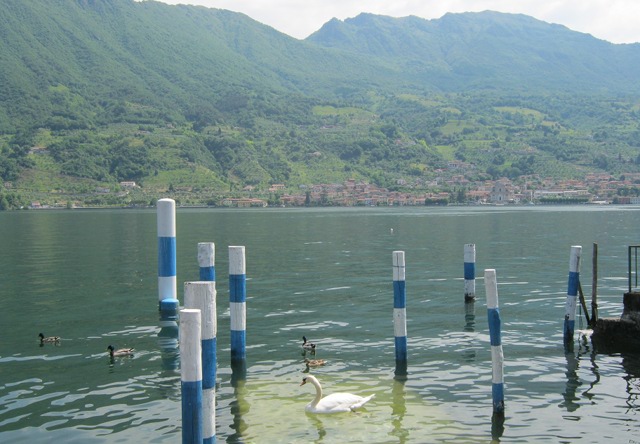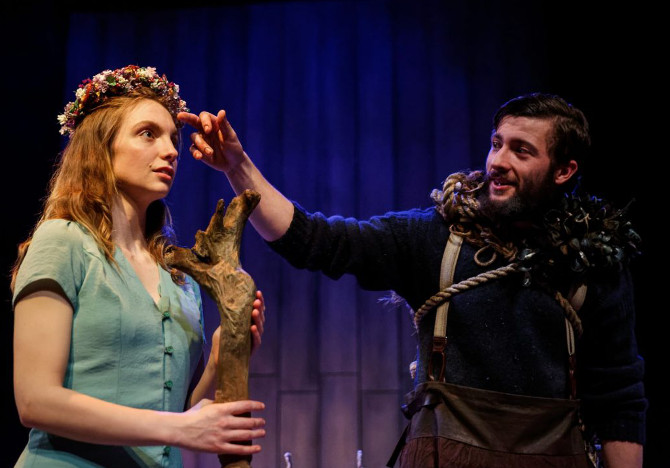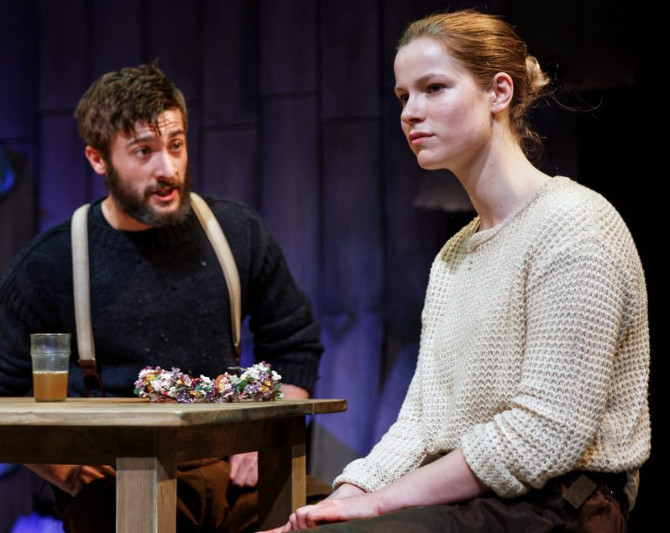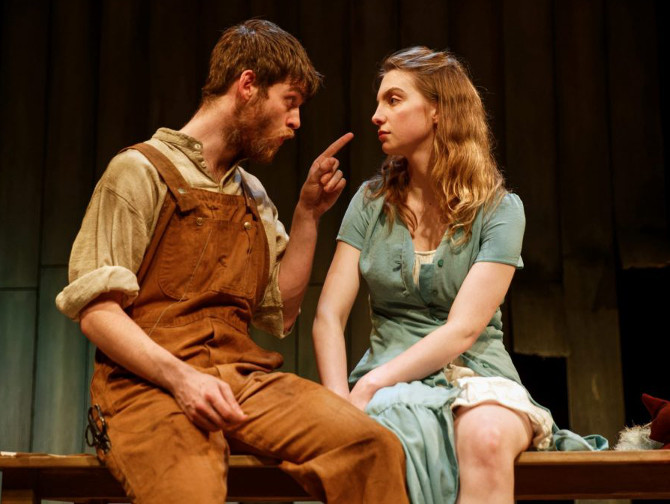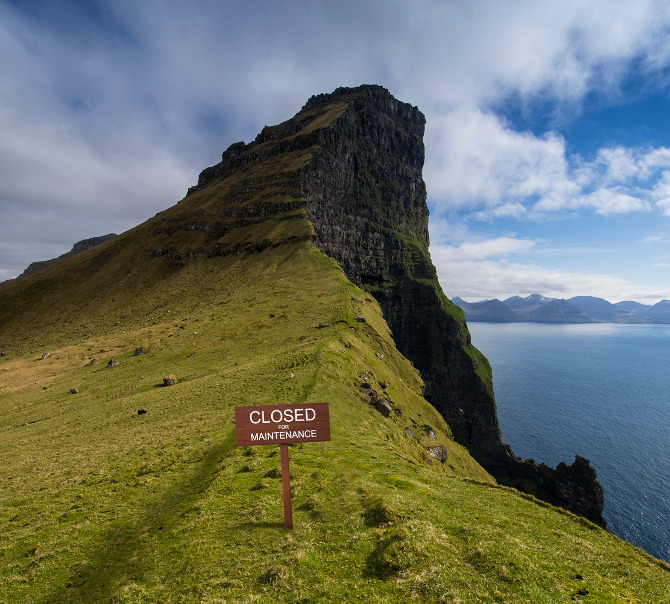 One of the destinations on my wishlist, the Nordic Faroe Islands, has made a somewhat unusual announcement.
One of the destinations on my wishlist, the Nordic Faroe Islands, has made a somewhat unusual announcement.
The entire 18-island archipelago in the North Atlantic ocean is to close to holidaymakers for an entire weekend this spring.
Far from being a weekend ‘off’, it’s being tagged as an opportunity for voluntourism, and the only outsiders allowed in for the time-span are those who commit to aiding in the islands’ maintenance.
Something about the idea tickles me – not only is this a way to take care of this beautiful rural destination, but it offers the chance to really get to know the locals as you work with them to tend to the volcanic isles located midway between Iceland and Norway.
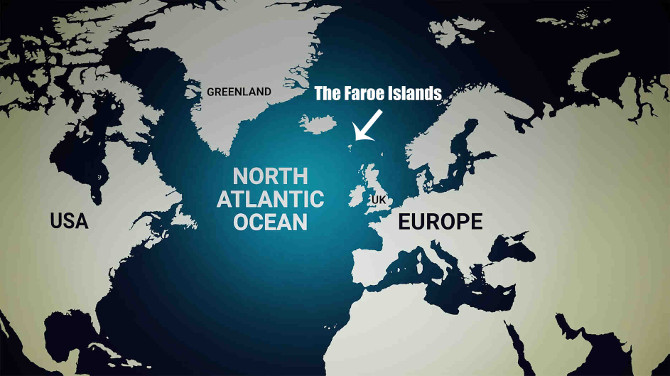
“The Faroe Islands welcome around 100,000 visitors each year, attracted by the country’s dramatic scenery, including rugged cliffs, sea caves, spectacular waterfalls and an abundance of birdlife, not forgetting a population of just 50,000 Faroese people and their 80,000 sheep,” says Guðrið Højgaard, director of Visit Faroe Islands. “Happily – the Faroe Islands currently have no over-tourism problems. However, the fragile natural environment in a few popular tourist locations has felt the effects of an increase in visitors. These areas need a helping hand to ensure they remain pristine; sustainability is the goal.”
The idea is, quite simply, to close for maintenance and open for voluntourism over the weekend of Friday 26th to Sunday 28th April 2019. If all goes well, this could become an annual event.
There will be an array of projects led by local people, aimed at delivering a touch of TLC to the Faroese countryside and to ready it for the influx of visitors expected later in the year.
Just 100 visitors will be able to sign up to join the Faroese Maintenance Crew. In return for their services to the country, they will be gifted both accommodation and food over the three-night maintenance period. Maintenance projects will take place on Friday 26th and Saturday 27th April. On the Saturday night, there will be a celebratory meal for all those who have joined forces to help.
Projects will include creating walking paths in well-trodden areas, constructing viewpoints that help preserve nature and protect birdlife sanctuaries and erecting signs that help with wayfinding. Projects will be of various difficulty levels, meaning volunteers do not need to be highly skilled. A willingness to assist is the only criterion.
“We are delighted that more and more people are discovering how special our islands are – our scenery, our unique way of life, our food and our people,” says Guðrið. “For us, tourism is not all about numbers. We welcome visitors to the islands each year, but we also have a responsibility to our community and to our beautiful environment, and our aim is to preserve and protect the islands, ensuring sustainable and responsible growth.”
For more information, or to sign up to be part of the Maintenance Crew, please visitwww.preservefaroeislands.com.
To watch the campaign film, visit https://vimeo.com/317464068/de987a1d75.
To learn more about the Faroe Islands, visit www.visitfaroeislands.com. All images supplied by Visit Faroe Islands.

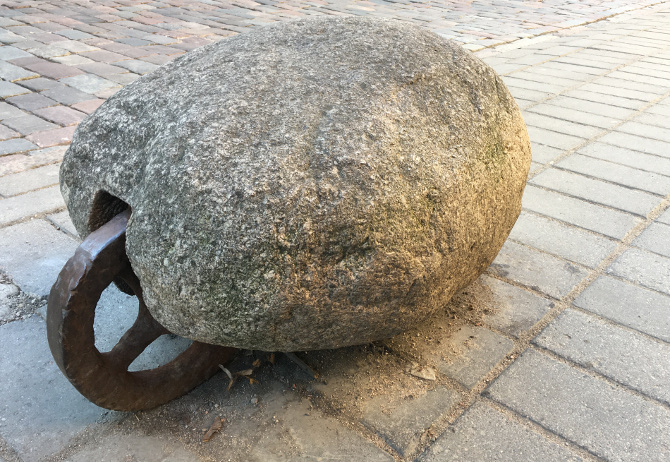 I met this wheeled rock in Kaunas, Lithuania. I’m sure there’s a perfectly sensible reason why a rock should be fitted with a wheel, but what could that reason be? What springs to my mind is Terry Pratchett’s sentient suitcase with feet, The Luggage.
I met this wheeled rock in Kaunas, Lithuania. I’m sure there’s a perfectly sensible reason why a rock should be fitted with a wheel, but what could that reason be? What springs to my mind is Terry Pratchett’s sentient suitcase with feet, The Luggage.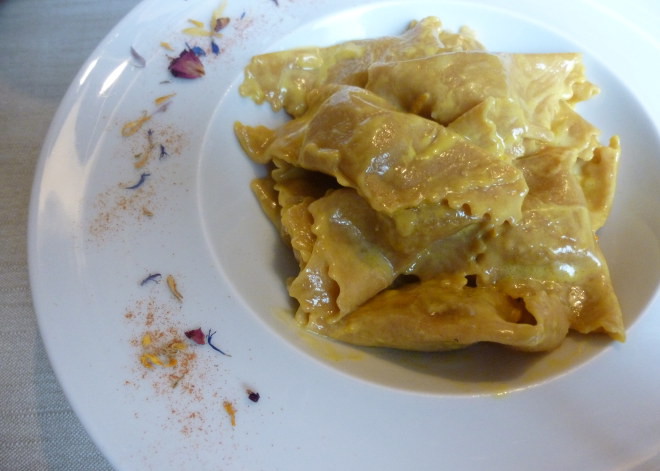
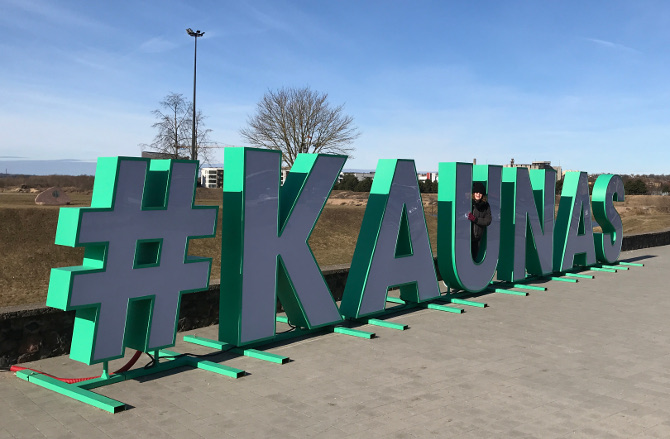 Our first full day in Kaunas, Lithuania, was flooded with bright sunshine and brilliant blue skies, so we took the chance to follow one of their excellent tourist maps, Wallographer’s Notes.
Our first full day in Kaunas, Lithuania, was flooded with bright sunshine and brilliant blue skies, so we took the chance to follow one of their excellent tourist maps, Wallographer’s Notes.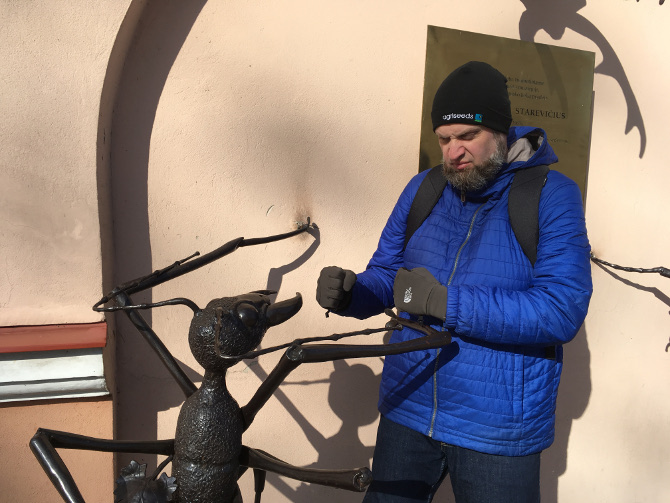 1. Insects of Ladislas Starevich
1. Insects of Ladislas Starevich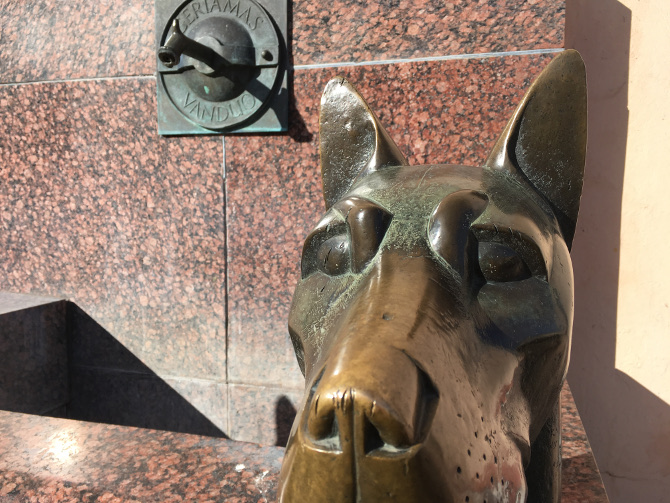 2. The Dogs’ Fountain
2. The Dogs’ Fountain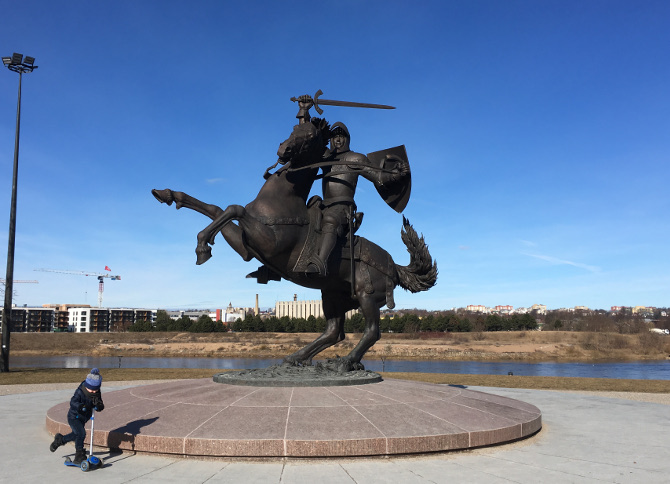 3. The Freedom Warrior
3. The Freedom Warrior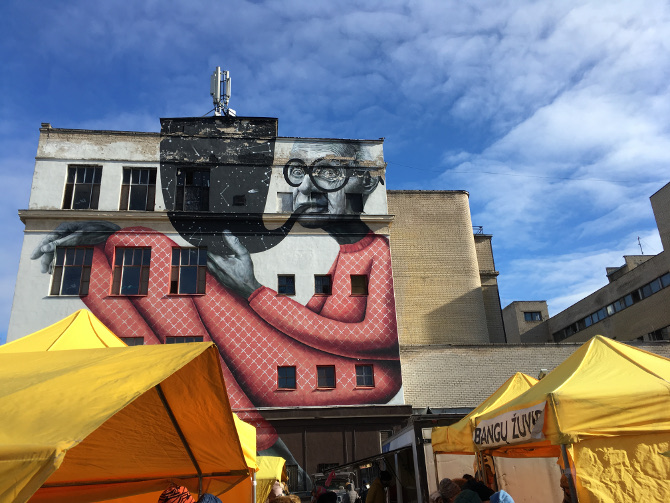 4. The Wise Old Man
4. The Wise Old Man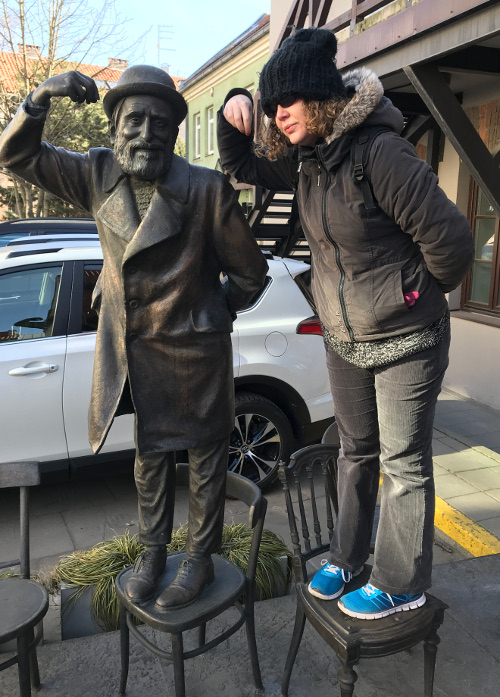 5. Monument to Abraham Mapu
5. Monument to Abraham Mapu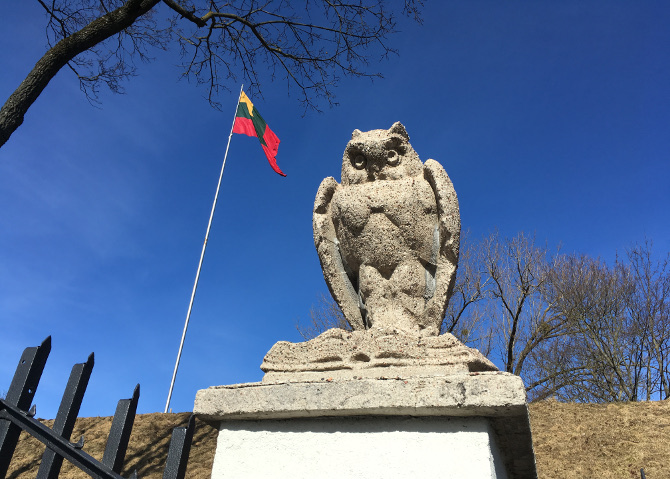 6. A whole flock of owls
6. A whole flock of owls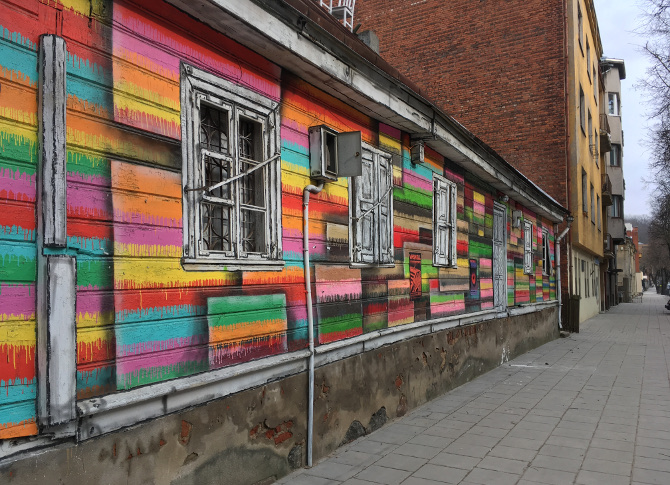 7. The Cabin
7. The Cabin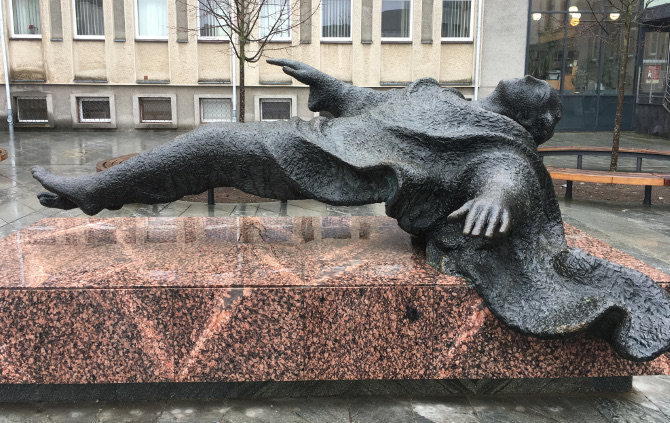 8. The Levitator
8. The Levitator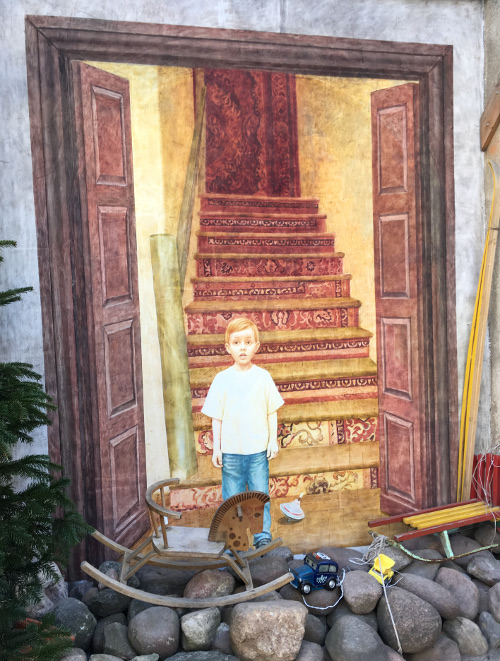 9. Yard Gallery
9. Yard Gallery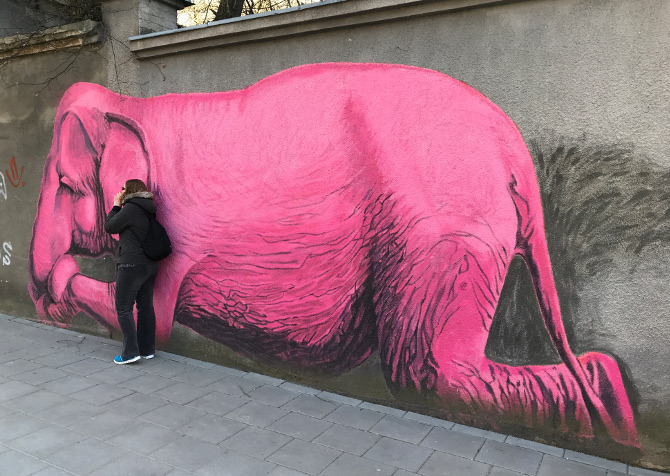 10. The Pink Elephant
10. The Pink Elephant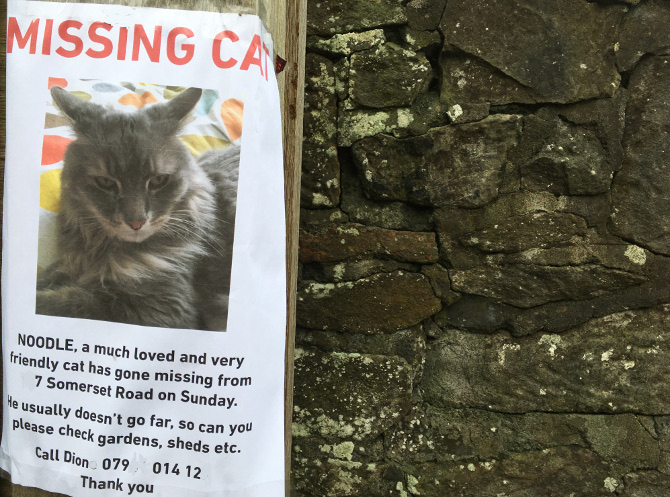 The other day I re-watched
The other day I re-watched 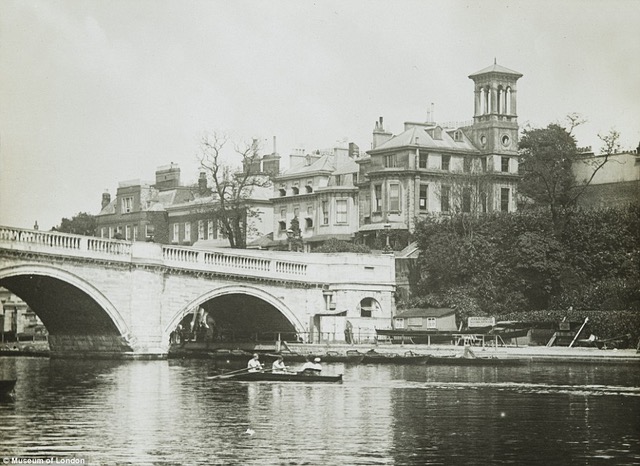 In today’s guest post, biographer
In today’s guest post, biographer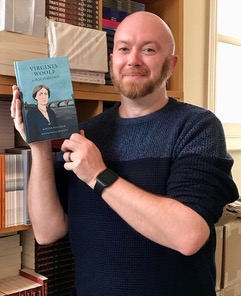 About the author
About the author Alan James McLeod took a long and winding route to reach the abstract works he’s becoming known for. “I graduated from Edinburgh College of Art in 1990, in applied design, then became a freelance textile designer, producing hand painted fabric and wallpaper designs for companies such as Warner Fabrics, Habitat & John Lewis.”
Alan James McLeod took a long and winding route to reach the abstract works he’s becoming known for. “I graduated from Edinburgh College of Art in 1990, in applied design, then became a freelance textile designer, producing hand painted fabric and wallpaper designs for companies such as Warner Fabrics, Habitat & John Lewis.”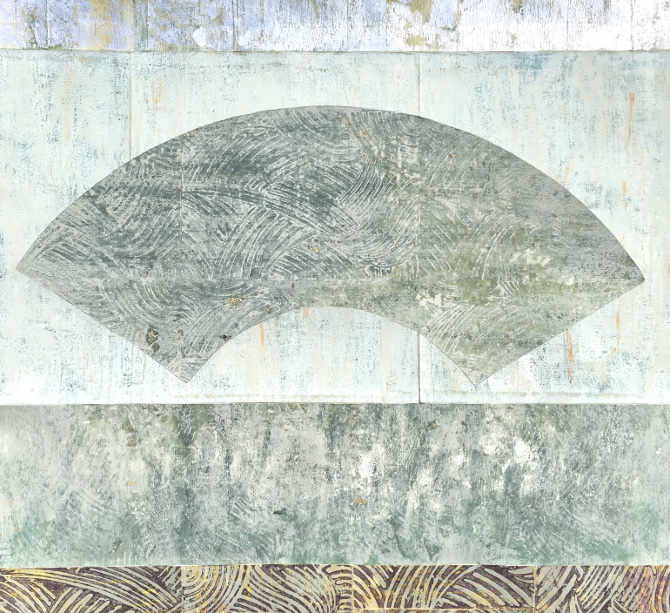
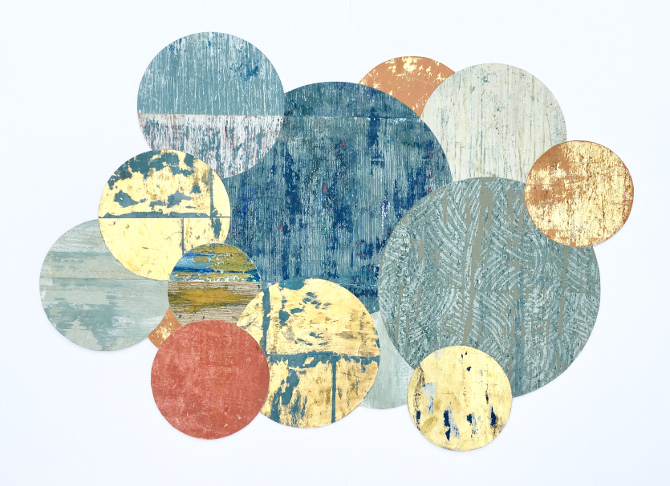

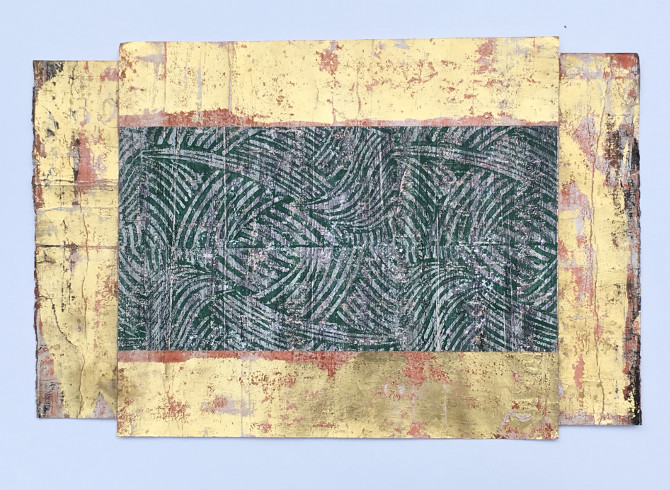
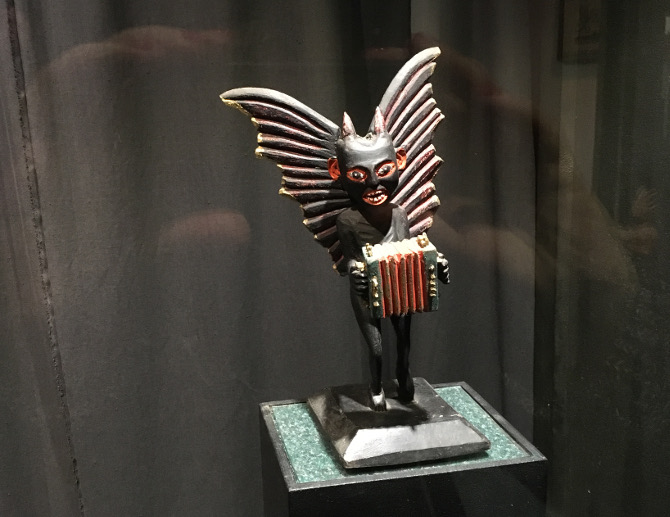 The accordion is a devil’s instrument. No, seriously. When visiting Kaunas, Lithuania, recently, I spent some time meandering the three storeys of the
The accordion is a devil’s instrument. No, seriously. When visiting Kaunas, Lithuania, recently, I spent some time meandering the three storeys of the 